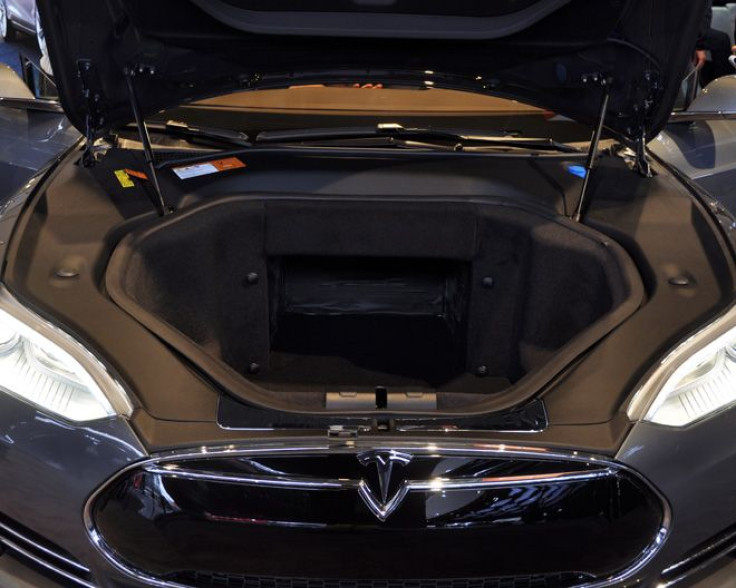Tesla’s First-Ever Profit Came Thanks To Selling Zero Emission Credits To Competitors, But It Insists It’s Not Dependent On Bartering CO2 Offsets

Tesla Motors Inc. (Nasdaq:TSLA), the Palo Alto-based maker of the sexy Model S electric sedan and the 2014 Model X SUV, made a considerable amount of its revenue this year not by selling electric cars, but by selling carbon credits to other automakers.
Here’s what the company said of its performance in the first three months of 2012:
Zero emission vehicle (ZEV) credits sold to other automakers amounted to approximately $68 million, or 12% of revenues.
Zero emission vehicle credits are sold to automakers concerned about new environmental regulations in several states, led by California, that mandate that at least 15 percent of sales come from zero-emission vehicles by as early as 2025. Companies can skirt the rules by buying credits from companies that are more than abiding by the rules. Tesla is a natural source since it only makes electric vehicles.
The company reported its first profit this year, of $11.2 million, so without the revenue from the credits, the company would have lost money.
"I think they're embarrassed how much money they're making on this," Adam Jonas, an auto analyst with Morgan Stanley, told CNN Money in a report posted on Tuesday. He estimated the company would make $188 million selling these credits to automakers, which have included Honda North America, Inc.
Tesla appears touchy on the subject. In its quarterly report, it insists it will meet the target 25 percent margin, “assuming zero ZEV credit revenue.”
“This may turn out to be greater than zero, but we are not counting on it,” the company said, citing declining prices for the credits and improved worldwide deliveries of their vehicles this year.
The company delivered 4,900 units in the first quarter ended March 31; it claims to currently have orders for over 20,000 units per year worldwide.
© Copyright IBTimes 2024. All rights reserved.











